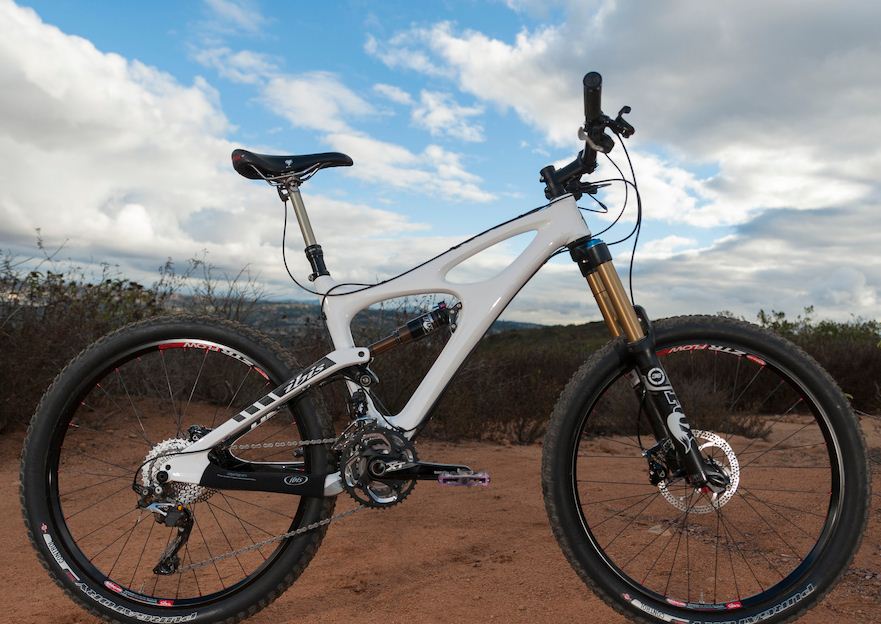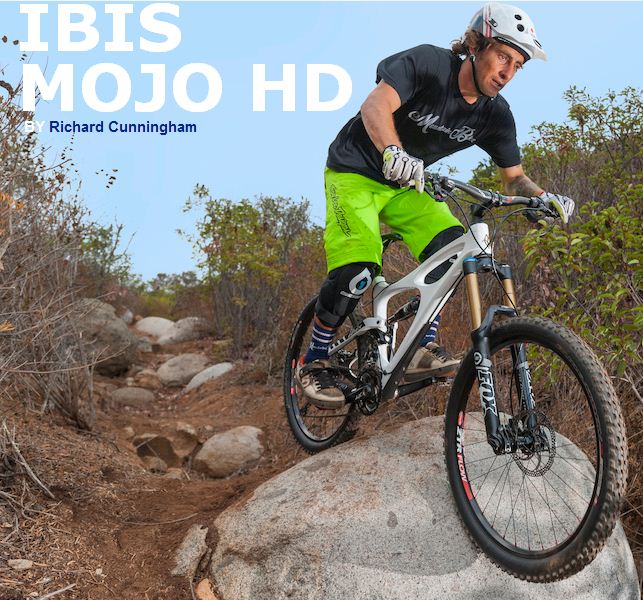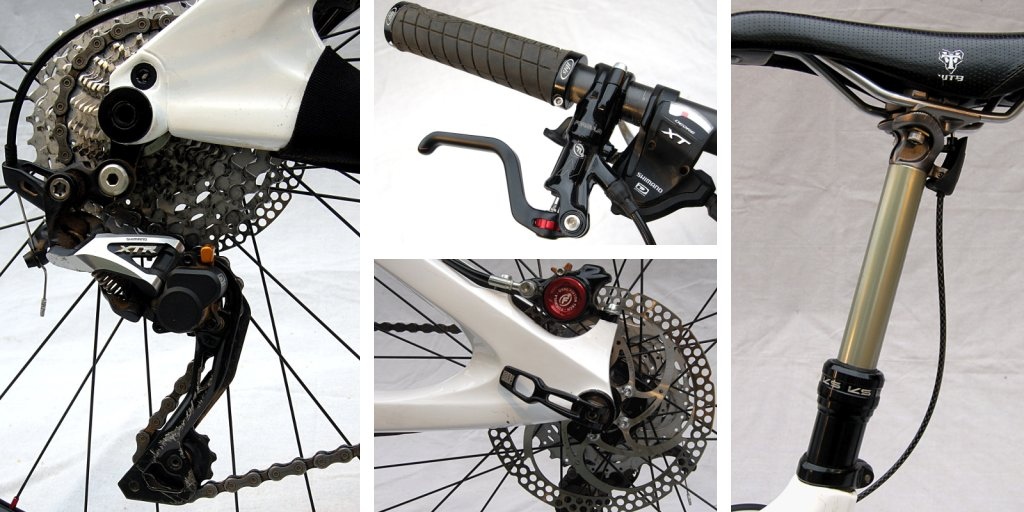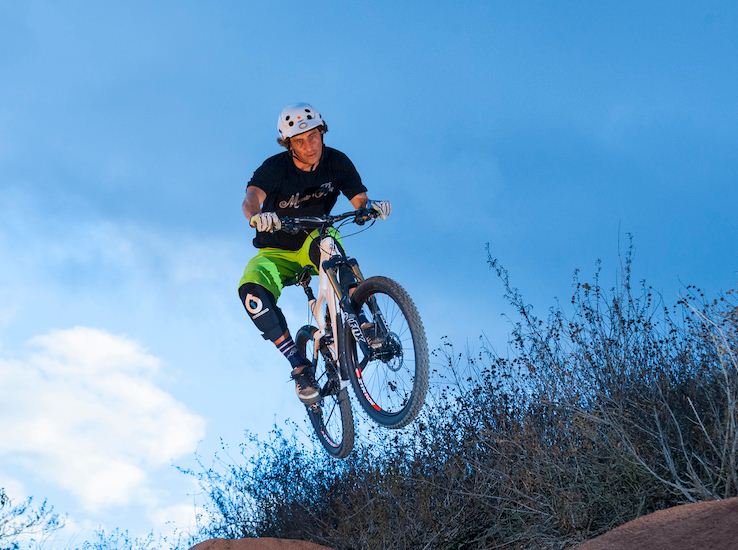2013 Ibis Mojo On Test
Ibis Mojo is among the most recognizable profiles in the mountain bike world. The 160-millimeter-travel Mojo HD is Ibis’ most recent addition and while it looks almost identical to the original Mojo
 , the HD chassis is produced from entirely different molds, has different dw-link suspension geometry and a vastly different carbon layup schedule. The Mojo HD came to life when Ibis signed Brian Lopes, who assisted Ibis in dialing in the metrics of the new design to suit his powerful and precise technical riding style. The match could not have been better, as Lopes would immediately put it on the podium in dual slalom, 4X and enduro events, and for an unprecedented stretch, ruled the Air DH at Whistler’s annual Crankworx festival. By accident or design, Ibis’ Mojo HD emerged from the mold as one of the best do-it-all AM/trailbikes
, the HD chassis is produced from entirely different molds, has different dw-link suspension geometry and a vastly different carbon layup schedule. The Mojo HD came to life when Ibis signed Brian Lopes, who assisted Ibis in dialing in the metrics of the new design to suit his powerful and precise technical riding style. The match could not have been better, as Lopes would immediately put it on the podium in dual slalom, 4X and enduro events, and for an unprecedented stretch, ruled the Air DH at Whistler’s annual Crankworx festival. By accident or design, Ibis’ Mojo HD emerged from the mold as one of the best do-it-all AM/trailbikes
Ibis was one of the first bike makers to adopt dw-link rear suspension, which is a patented technical domain that, in the case of the Mojo HD, is applied to a dual-link rear suspension to keep it from compressing with each pedal stroke. Much of the Mojo HD’s magic sprouts from its combination of well-balanced frame geometry and the full-time pedaling efficiency of its rear suspension design. Carbon fiber frames are a living document, and Ibis is constantly revising the sequence and orientation of each layer of carbon fiber to extract more performance at the lowest possible weight. In the case of the Mojo HD, the goal is to make a frame that can withstand downhill punishment, at a weight that results in a bike that can climb happily all day. No small order, but time and persistence have successfully mated those divergent goals into one chassis.
Longevity of the 160-millimeter-travel Ibis rear suspension is enhanced by beefed up links and the addition of doubled-up angular contact bearings in the highly stressed lower link. Ibis makes upkeep easy when the time comes to service the bearings. They sell the complete link with bearings installed for about the price that you’d pay for the bearings over the counter – so it’s remove, replace and ride. The rear axle fits 142/12-millimeter options and there is a sturdy, direct-mount option for Shimano Shadow-type rear derailleurs. With its all-mountain and racing intentions, we would expect ISCG tabs at the bottom bracket. Ibis instead furnishes its own MRP design that encircles the bottom bracket cup and securely bolts to the frame through the lower link’s pivot point. The reason for the custom guide is that the placement of the Mojo HD’s lower rocker is dictated by the dw-link metrics, which cause it to interfere with the three-bolt ISCG location. History has proven that the Ibis/MRP guide fares well, but for those who wish for a second option, there is word at e.Thirteen that a Mojo HD guide is in the works there.
Summary ;
As a hard-driving technical trailbike, the Mojo HD is such a standout performer in the Ibis range that we wonder how or what they will have to come up with to supersede it? The Mojo HD chassis feels far more rigid and precise than its XC predecessor and regardless of the resemblance, it feels from the outset like a completely new design. The HD weighs a couple of pounds more than the original Mojo in similar trim, but it accelerates much faster out of the turns and climbs nearly as well. Like all of the most desired bikes in the AM/trail category, the Mojo HD is centrally balanced and it always seems to have enough handling in reserve to encourage its rider to push harder or to try a new line. If you are a 26-inch-wheel devotee seeking the mythical ‘one bike to rule them all,’ the Mojo HD certainly has earned the credentials. We’d recommend the HD to anyone who is taking a serious look at Enduro racing as well.- RC
Source = pinkbike





